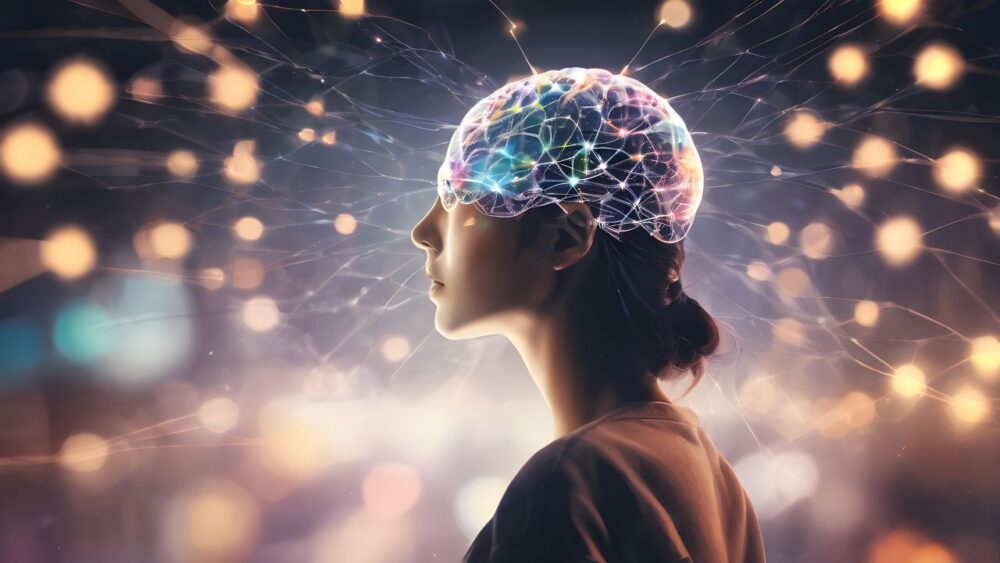A new study shows that listening to a steady rhythm, such as a drumbeat or a ticking clock, prompts the brain to dynamically reorganize its networks, syncing brainwaves to the beat in real time.
Published in Advanced Science, the research from Aarhus University and the University of Oxford introduces a novel method called FREQ-NESS (Frequency-resolved Network Estimation via Source Separation). This tool maps brain activity by isolating distinct frequencies, revealing how rhythms reshape neural connections.
Using magnetoencephalography, researchers observed nearly 30 participants listening to a 2.4-hertz tone. They found new brain networks forming at the sound’s frequency, while existing ones, like alpha networks tied to calm focus, shifted locations or altered rhythms. Slower waves also synced with faster ones through “cross-frequency coupling,” linking sound to memory or emotion.
“We are used to thinking of brainwaves like fixed stations — alpha, beta, gamma — and of brain anatomy as a set of distinct regions,” said Dr. Mattia Rosso, a lead researcher, Neuroscience News reported. “But what we see with FREQ-NESS is much richer.”
The team compared brain activity at rest to activity during the tone. Resting brains showed intricate patterns, but the rhythm triggered new networks, weakened some, and moved others, like those for vision or thought. The top 10 brainwave patterns confirmed these shifts.
“The brain does not just react: it reconfigures. And now we can see it,” said Professor Leonardo Bonetti, co-author from Aarhus and Oxford, per Neuroscience News.
Unlike past methods that grouped brainwaves into broad categories, FREQ-NESS analyzes precise frequencies, offering clearer insights into overlapping signals.
“We have designed a method that finds how each frequency is expressed across the brain,” Rosso said, Neuroscience News reported.
The approach could transform neuroscience, aiding research into epilepsy, depression, or brain-computer interfaces. A global program now aims to expand its use, potentially enabling personalized brain mapping for mental health or education.
“This could change how we study brain responses to music and beyond, including consciousness, mind-wandering, and broader interactions with the external world,” Bonetti said.


